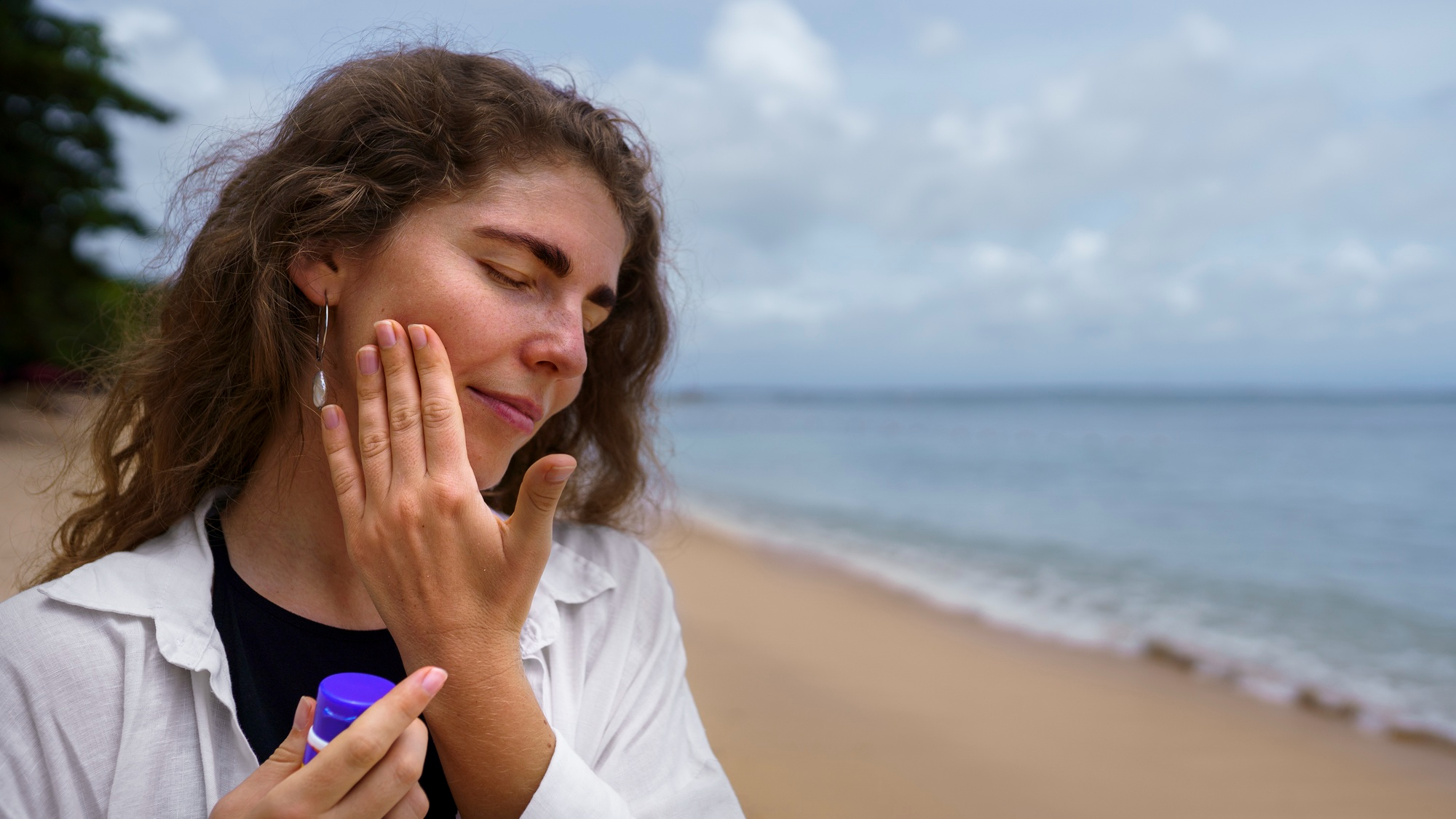A Comprehensive Guide to Sunscreen

Everything You Need to Know About Protecting Your Skin
Why Sunscreen Isn’t Just for Summer or Sunny Days
Sunscreen is a year-round necessity because the harmful ultraviolet (UV) rays from the sun are present regardless of the season or weather conditions. Even on cloudy days, up to 80% of UV rays can penetrate through the clouds, leading to cumulative skin damage. Snow reflects UV rays, amplifying their impact during winter, while indoor activities near windows expose you to UVA rays. Hence, sunscreen is essential every day to protect your skin from premature aging, sunburn, and skin cancer. One of the sunscreen myths people often believe is that it’s only needed in the summer, but dermatologist sunscreen guides clearly stress daily use. If you're looking for the best sunscreen advice, start by applying it 365 days a year.
Chemical vs. Mineral Sunscreen: What’s the Difference?
Chemical sunscreens work by absorbing UV rays through active ingredients such as avobenzone, oxybenzone, and octinoxate. These sunscreens tend to feel lightweight and invisible after application. However, they may cause irritation for sensitive skin types and are not ideal for young children or pregnant women.
Mineral sunscreens, also called physical sunscreens, contain zinc oxide or titanium dioxide, which create a protective barrier on the skin to reflect and scatter UV rays. They are less likely to cause skin irritation and are often recommended for sensitive skin or eco-conscious buyers due to their safety profile. Moreover, mineral sunscreens do not need to be applied 30 minutes before activities but can be applied directly prior. According to most dermatologist sunscreen guides, mineral options are among the most reliable for both sensitive and acne-prone skin types, making them a core part of the best sunscreen advice for all age groups.
Understanding SPF Numbers and What They Actually Mean
SPF, or Sun Protection Factor, measures how well sunscreen protects against UVB rays. For instance, an SPF 30 sunscreen blocks approximately 97% of UVB rays, while SPF 50 blocks around 98%. However, SPF does not measure UVA ray protection, so broad-spectrum sunscreens are crucial for comprehensive coverage. It is essential to choose a sunscreen with at least SPF 30 for daily use and higher SPF for prolonged sun exposure. In the end the SPF number is much less relevant than the percent of Zinc Oxide or Titanium Dioxide. You should look for at least 18% of at least one of the two active ingredients. Believing that high SPF alone is enough is one of the most common sunscreen myths debunked in some dermatologist sunscreen guides.
How Much Sunscreen to Apply and How Often to Reapply
To cover your entire body, you need approximately one ounce of sunscreen. For the face alone, use a nickel-sized amount. Sunscreen should be reapplied every two hours, especially after swimming, sweating, or towel drying. Even water-resistant formulas require reapplication to maintain effectiveness. One of the best sunscreen advice is to treat sunscreen like any active skincare product - it needs consistent reapplication for full benefit. Reapplication is a critical step emphasized in every dermatologist sunscreen guide.
Common Mistakes People Make When Using Sunscreen
- Using too little sunscreen: Many people underestimate the amount needed for proper coverage.
- Skipping sunscreen on cloudy days: UV damage occurs even when the sun isn’t visible.
- Forgetting to reapply: Sunscreen loses effectiveness over time and requires reapplication.
- Neglecting specific areas: Commonly missed spots include the ears, neck, scalp, and tops of feet.
- Choosing the wrong sunscreen: Not considering skin type or activity level can reduce protection.
These missteps are some of the most prevalent sunscreen myths. The best sunscreen advice starts with breaking bad habits and educating yourself using reliable dermatologist sunscreen guides tailored to your needs.
Choosing the Right Sunscreen for Your Skin Type
Selecting sunscreen based on your skin type ensures both efficacy and comfort:
- Oily Skin: Opt for gel-based or mattifying formulas.
- Dry Skin: Look for moisturizing sunscreens with hyaluronic acid or glycerin.
- Sensitive Skin: Choose fragrance-free, mineral-based sunscreens to avoid irritation.
- Acne-Prone Skin: Non-comedogenic sunscreens prevent clogging pores.
Matching sunscreen to your skin type is among the best sunscreen advice you can follow to maximize both comfort and protection. Every dermatologist sunscreen guide stresses this personalized approach to avoid reactions and breakouts.
Sunscreen Safety for Babies, Kids, and Pregnant Women
Babies under six months should avoid sunscreen and rely on protective clothing and shade. For older children, mineral-based sunscreens are ideal due to their gentle formula. Pregnant women should opt for sunscreens free from oxybenzone and other potentially harmful chemicals that may affect the fetus. The dermatologist sunscreen guide for these groups consistently recommends mineral formulations as the safest option. This is the best sunscreen advice for protecting delicate and developing skin.
The Truth About Reef-Safe and “Clean” Sunscreen Labels
Reef-safe sunscreens exclude ingredients like oxybenzone and octinoxate that harm coral reefs. However, terms like “reef-safe” lack strict regulation, so researching brands and certifications is vital. Similarly, “clean” sunscreens are marketed as free of harmful chemicals, but this label is often subjective. Prioritize ingredient transparency and environmental impact when choosing such products. Falling for vague or greenwashed claims is one of today’s biggest sunscreen myths, so refer to science-backed alternatives.
Dermatologist-Recommended Sunscreen Ingredients
Dermatologists often recommend sunscreens containing:
- Zinc oxide or titanium dioxide: Safe and effective for all skin types.
- Hyaluronic acid: Provides hydration for dry skin.
- Niacinamide: Reduces redness and irritation.
A comprehensive dermatologist sunscreen guide will also point out ingredients to avoid, especially for sensitive or compromised skin. If you're seeking the best sunscreen advice, these ingredients form the foundation of skin-safe, effective sun protection.
Conclusion
Sunscreen plays a vital role in daily skincare, offering protection beyond just sunny days. Understanding sunscreen myths, following the best sunscreen advice, and referring to reliable guides can help you choose the right product for your skin type and lifestyle, ensuring long-term skin health with consistent, informed use.








